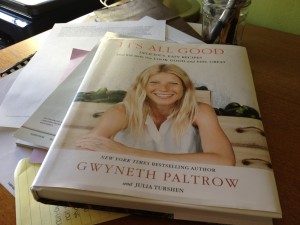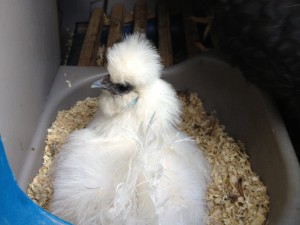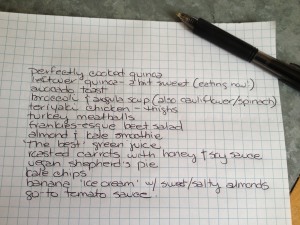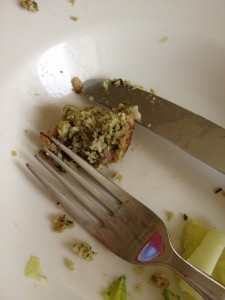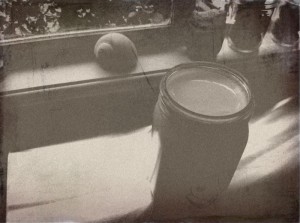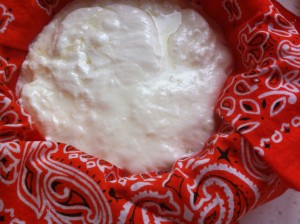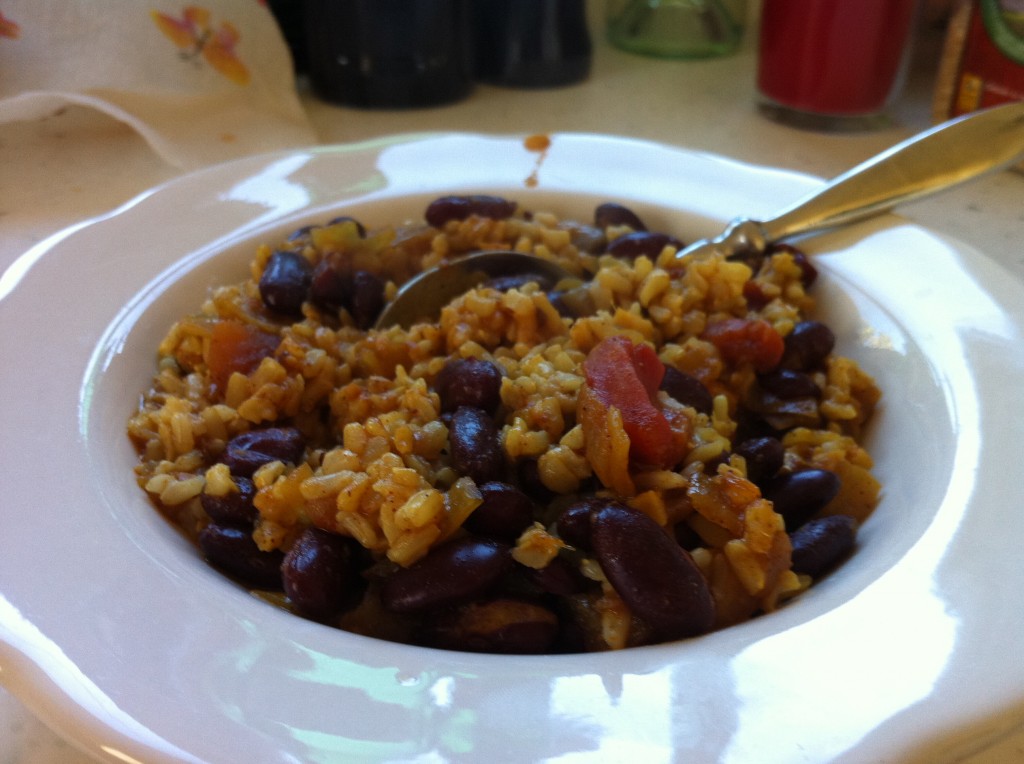 When I was an elementary school-aged kid, I had this occasional ritual where I would wrap myself up in a cozy sweater and hang around the house early in the morning before anyone got up. On warm spring mornings maybe I would stroll around outside, inspecting the yard: mock orange, lilac. Maybe one of our big, hairy dogs would join me. On mornings after my parents had guests for dinner, sometimes I would sip the coffee they had left in their fancy cups. Sometimes I would watch the WGN crop report – bundled up on our cozy couch – but mostly it was just my quiet time.
When I was an elementary school-aged kid, I had this occasional ritual where I would wrap myself up in a cozy sweater and hang around the house early in the morning before anyone got up. On warm spring mornings maybe I would stroll around outside, inspecting the yard: mock orange, lilac. Maybe one of our big, hairy dogs would join me. On mornings after my parents had guests for dinner, sometimes I would sip the coffee they had left in their fancy cups. Sometimes I would watch the WGN crop report – bundled up on our cozy couch – but mostly it was just my quiet time.
 Now that I am occupying my adult self, I wish I could recall what was passing through my brain in those kid moments. But maybe I was not so different back then. Maybe then, just like now, I used those quiet mornings to look around my home and think to myself, “Isn’t this just great?”
Now that I am occupying my adult self, I wish I could recall what was passing through my brain in those kid moments. But maybe I was not so different back then. Maybe then, just like now, I used those quiet mornings to look around my home and think to myself, “Isn’t this just great?”
 Today I awoke to a lovely gray morning, a cup of tea, and a sleeping house. I had a quiet walk around the garden, where I snapped some pictures.
Today I awoke to a lovely gray morning, a cup of tea, and a sleeping house. I had a quiet walk around the garden, where I snapped some pictures.
 See that bee (center left) coming in for a landing on those blackberry flowers? I don’t know who was more psyched, the bee about to dig in to some luscious pollen, or me, dreaming of blackberry juice dripping down my chin. Okay – I guess I was maybe more psyched. It was a very good morning.
See that bee (center left) coming in for a landing on those blackberry flowers? I don’t know who was more psyched, the bee about to dig in to some luscious pollen, or me, dreaming of blackberry juice dripping down my chin. Okay – I guess I was maybe more psyched. It was a very good morning.
And then, as always, my stomach clock went off. I thought to myself, “Self, what is the best way to celebrate this very good gray morning through food?” My answer to myself was green bean frittata. I’m just not even going to acknowledge that a reader might not see a green bean frittata as a celebration. When one has a pound of CSA green beans and a basket of backyard chicken eggs and a gray morning where a warm oven would make the kitchen even more cozy – it’s a total party.
 Frittata with Green Beans
Frittata with Green Beans
Adapted from Essentials of Classic Italian Cooking by Marcella Hazan (If you do not own this book, stop reading this blog and go buy it now. Really, I mean it – go.)
Marcella Hazan is The Man. This is for-sure one of my desert-island cookbooks. Among the many wonderful things about this book is the whole chapter on frittate. That’s the plural of frittata. I know – it’s like an Italian grammar lesson, too.
My version of the recipe adds a quarter pound more beans and loses a quarter cup of cheese. I figure it’s an easy and painless recipe tweak which minimizes calories and maximizes veggies. Sempre healthy.
In my house usually any leftover frittata just hangs out in the cast-iron pan and we nibble on it bit by bit throughout the afternoon (because I guess we only make these on weekends). Although this time I put the leftovers in the fridge and had a big wedge as a sandwich filling with a little arugula.
3/4 pound fresh green beans, rinsed, stem-ends trimmed
Salt
5 eggs
Black pepper, freshly ground
3/4 cup grated parmigiano-reggiano cheese
2 T butter
First prepare the green beans: Bring 3 quarts water to a full boil, add 1/2 tablespoon salt, and when the water returns to a boil, drop in the rinsed and trimmed green beans. Cook, uncovered, at a moderate but steady boil, until the beans are firm to the bite but still tender, about 5 minutes – but possibly longer if your beans are old and tough (like me). Drain immediately and chop into course pieces. Set aside on a cutting board to cool down.
Then prepare the frittata: Preheat your broiler. Crack the eggs into a bowl and beat them until the yolks and whites are evenly blended. Add the chopped beans, salt, a few grindings of pepper, and the grated cheese. Mix well. Melt the butter over medium heat in a cast-iron or other non-stick, oven-proof pan. After the butter starts to foam, but before it colors, add the egg mixture to the pan. Turn the heat down to low and cook until the eggs have set and thickened, and only the surface is runny. Then run the skillet under the broiler for a few seconds. Take it out as soon as the top of the frittata sets, before it becomes browned. Loosen the frittata with a spatula and slide it onto a platter, and cut it into pie wedges to serve. Yum.

